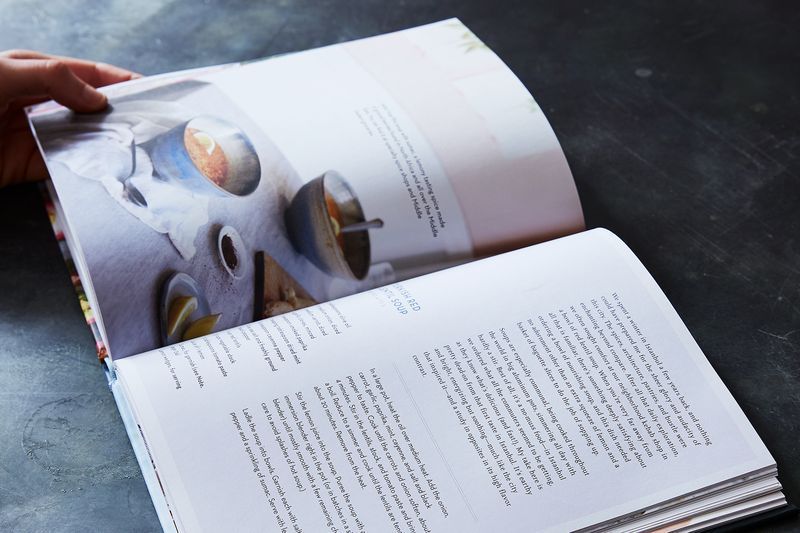

Here’s a deep dive into “Are recipe books profitable?” — with data, costs, risks, and strategies, so you can decide if it’s worth doing. If you want I can also pull together some case studies.
Short answer: Yes — but only under the right conditions. It depends heavily on scale, quality, marketing, and your publishing choice (self‑publishing vs traditional). Let’s look at the details.
So, from a demand perspective, the opportunity is there.
Profitability depends on controlling costs and making smart investments. Here are typical cost areas:
| Cost Category | Typical Range / Figures | Notes |
|---|---|---|
| Recipe Development & Testing | A few hundred to a few thousand USD | You need to ensure recipes work reliably — bad tests = bad reviews. (artrawpaulina.com) |
| Photography & Styling | $3,000‑$15,000+ (for high quality) | Good visuals are often a make‑or‑break for cookbooks. (Flavor365) |
| Editing & Proofreading | $1,000‑$5,000+ depending on length/quality | Must have good copy; poor editing harms credibility and sales. (Flavor365) |
| Design & Layout | $2,000‑$6,000+ | Formatting, cover design, internal layout. (Flavor365) |
| Printing / Production | Varies greatly depending on format, page count, color, binding, print run size. For example: self‑publishers often pay $8‑$10 per copy for wholesale in certain runs. (restaurantbusinessonline.com) | |
| ISBN, Barcodes, Rights & Legal Fees | Hundreds to low‑thousands (depending on region) | Often overlooked cost. (artrawpaulina.com) |
| Marketing, Distribution, Fulfillment | Highly variable; can rival production costs | Without marketing, even a great cookbook may not sell much. Retailer/distributor margins, shipping, storage add up. (restaurantbusinessonline.com) |
In many cases, producing a high‑quality, full‑color, visually rich cookbook can cost tens of thousands of dollars. A model I saw: development + production + photography + print runs + marketing adding up to USD $50,000‑$100,000. (restaurantbusinessonline.com)
Where and how the money comes from:
Typical royalties:
Some rough numeric examples:
| Publishing Route | Advantages | Disadvantages / Risks |
|---|---|---|
| Traditional Publishing | Advance payment; the publisher handles much of editing, design, printing, distribution; prestige; possible wider bookstore placement. | Lower royalties; you have less control over cover/design; slower timeline; many proposals get rejected; you may have to promote heavily anyway. |
| Self‑Publishing | Full control over content, design, price; higher margins per sale; faster to market; ability to experiment. | Upfront cost and risk; must handle or pay for all production & marketing work; distribution may be limited; returns uncertain. |
For many authors, self‑publishing makes financial sense if they already have some audience, or are willing to invest in marketing and accept the risk.
To make a recipe book profitable, you’ll want to nail several of these:
Here are a few hypothetical scenarios to illustrate possible outcomes:
| Scenario | Assumptions | Revenue / Profit Potential |
|---|---|---|
| Modest Self‑Published Niche Cookbook | Print run 1,000, basic color photos, good but not premium design, strong social media push, ebook version also released. | Could break even or make a small profit (a few thousand USD) in the first year; modest ongoing income after that. If you price well and control costs, might net $5,000‑$15,000 in profit over 1‑2 years. |
| Higher Investment Self‑Published / Specialist Book | High‑quality photography, premium cover/design, strong platform (blogger / influencer), large print run / POD with good pull, heavy marketing. | Potential for $20,000‑$50,000+ profit if sales are strong. Could scale higher if it becomes a “go‑to” in its niche. |
| Traditional Publishing Large Deal | Established chef or influencer, big publisher, major marketing push, gift distribution, possible foreign rights. | Advance might cover initial costs; royalties beyond that plus ancillary rights could yield significant income. But much of the risk is transferred to the publisher. Big names can make six or seven figure revenues. |
Yes — they can be profitable. But profitability is not guaranteed. You need:
If you’re entering this space, think of it not just as writing a book, but launching a product/business: you’re investing, taking risk, and hoping for returns over the mid‑term.